The history of agriculture
The planting of crops started some 11,500 years ago. The European farming landscape is as old as the continent’s rich history, stretching back across generations. Farms have been passed down through families, with each new generation inheriting the soil tilled by their ancestors. But beneath this tradition lies a tale of struggle. Don’t be fooled, being a farmer means hard work.
.
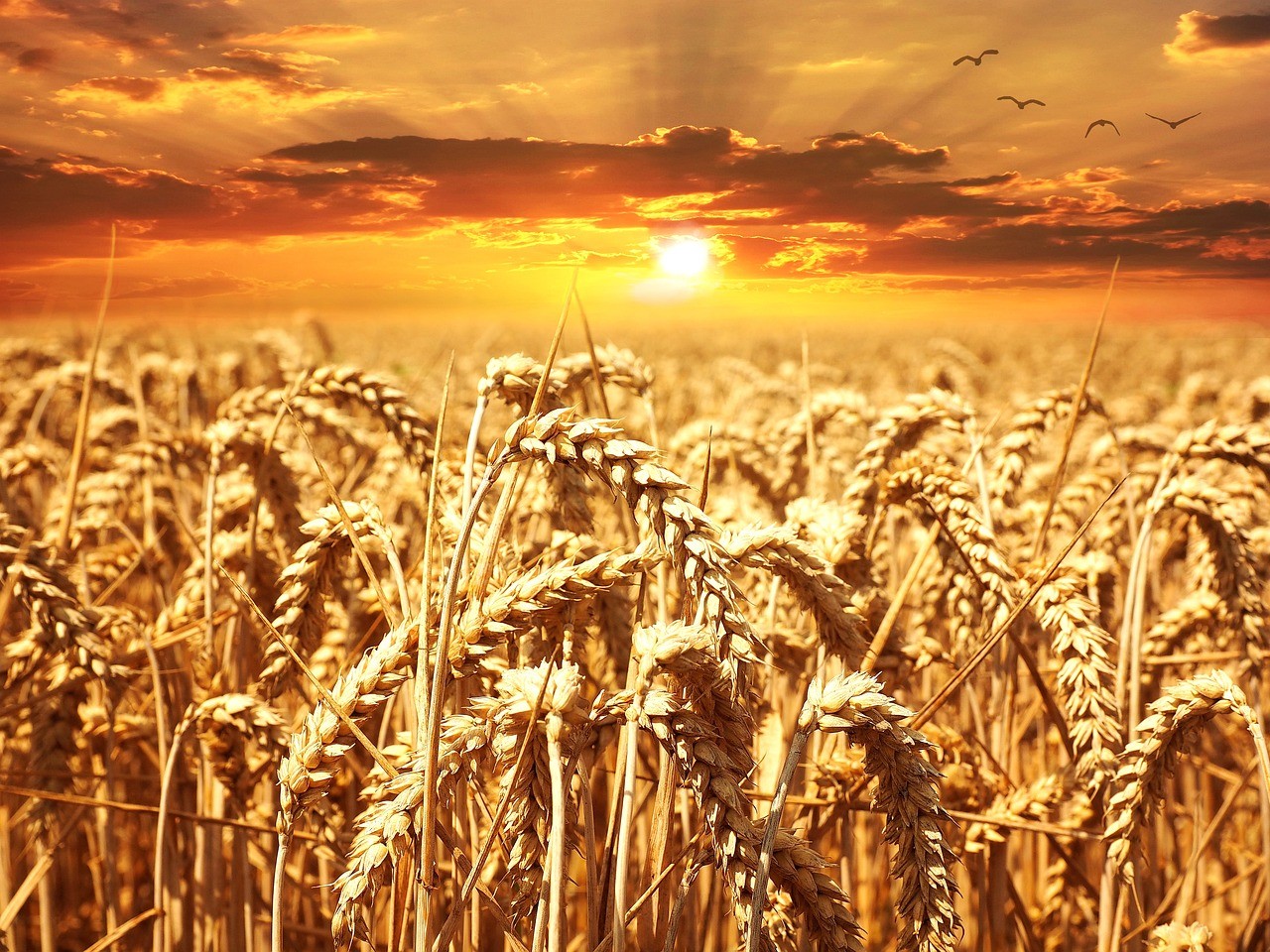
Wheatfield with sunset. Image by Petra from Pixabay
The rise of the farmers in Europe
In recent times, European farmers have faced an onslaught of economic pressures. Fluctuations in global markets, the unpredictability of weather patterns due to climate change, and the always-lurking shadow of debt have stressed the agricultural community. The first nationwide protests started in the Netherlands.
What was the reason? Well, the Dutch Government claimed that farmers were producing too much methane, which is bad for the climate. Apparently, 3000 farmers were to lose their lands. Most politicians have not set foot on farmland in their lives, but they have the power to make far-reaching decisions.
Policymakers, in their quest to balance the scales of trade and to adhere to environmental standards, have made decisions that resonate deeply within the rural sphere. From the implementation of the Common Agricultural Policy (CAP) to rigorous environmental directives, the impact on farming can be significant and at times burdensome..
..
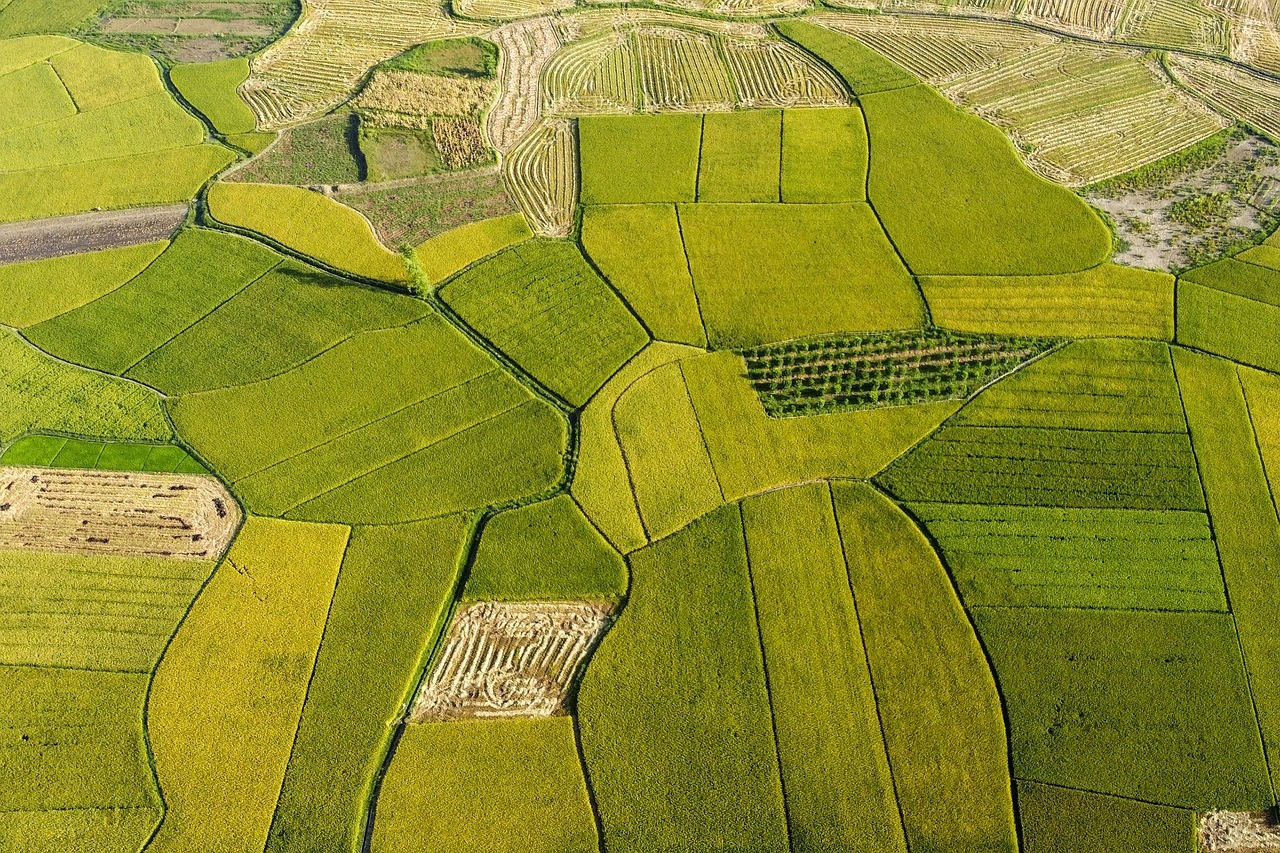
Rice fields Image by Ba Thang Nguyen from Pixabay
.
Add to this the complexities brought about by trade agreements that open up European markets to the world. While such initiatives aim for economic prosperity, they can inadvertently place European farmers at a disadvantage, they have to compete with imports that are sometimes cheaper due to lower production costs elsewhere. Additionally, foreign farm production is not bound by the strict EU laws that the European farmers find unfair and they are right.
.
The lack of fairness between production costs and sale prices.
We can take Spanish farmers as an example. They followed the farmers from other countries and took to the roads, blocking many of the main cities for days. They claim they cannot make ends meet. If it costs you 30 cents to produce 1kg of lemons but are paid only 15 cents, you can imagine that in the long run, it does not add up. Those same lemons are sold in the supermarket for nearly 2 Euros.
Especially in Spain, there is a lack of rain and the situation has become unsustainable. Catalonia and the south of Spain experience the worst situation. Farmers will have to swap crops or completely leave the land barren.
The undercurrents of discontent have been building for years, often bubbling up into full-fledged protests. One has to explore these issues to get a full understanding of this farming complexity.
.
Voices from the Fields: Exploring the Driving Forces Behind the Uprising
We should listen to the farmers who have taken to the streets in protest. Their accounts shed light on a collective frustration that goes beyond mere statistics. This uprising isn’t fueled by a single issue, but rather a culmination of challenges that have been building over the years.
.

Drones hovering over cotton crops. Image by Djl-Agras from Pixabay
.
Discussing the incorporation of technology in agriculture, one finds that it’s a double-edged sword for many in the farming community. Precision farming, driven by AI and big data, has certainly improved efficiency, but it has also raised concerns about job security and deepened the divide between large and small-scale operations. This has increased the cost of keeping up with new technologies for smaller farms.
Environmental regulations are another issue increasing farmer’s frustration. Limitations on the kind and amount of fertilizers, documenting their carbon footprint, and limitations on their water use, are only a few of their concerns. Then there seems to be an excessive bureaucracy and farmers are getting fed-up with all this paperwork.
While the intentions behind these regulations are often virtuous and focused on reducing environmental impact, farmers express that they feel singled out and burdened by them, finding it tough to meet the stringent standards without financial strain.
When then from countries outside the European Union, imports are allowed that are cheaper and were not subject to these strict rules, farmers see this as disloyal competition.
When one looks at the current upheaval and compares it with historical protests, clear patterns emerge. Past revolts often resulted from a similar mix of economic pressure, policy strain, and a sense of disenfranchisement.
However, today’s farmers are also battling the pace of technological change and a more interconnected global market, which intensifies competition and puts further stress on local agricultural ecosystems.
.
The Impact of Farmer Revolts on European Society and Economy
When farmers across Europe decide to make their voices heard, the ripple effects touch every corner of society and the economy. Food lies at the heart of daily life, and when its production is threatened or becomes unstable, it’s not just the rural areas that feel the strain; cities and trade relations do too.
.
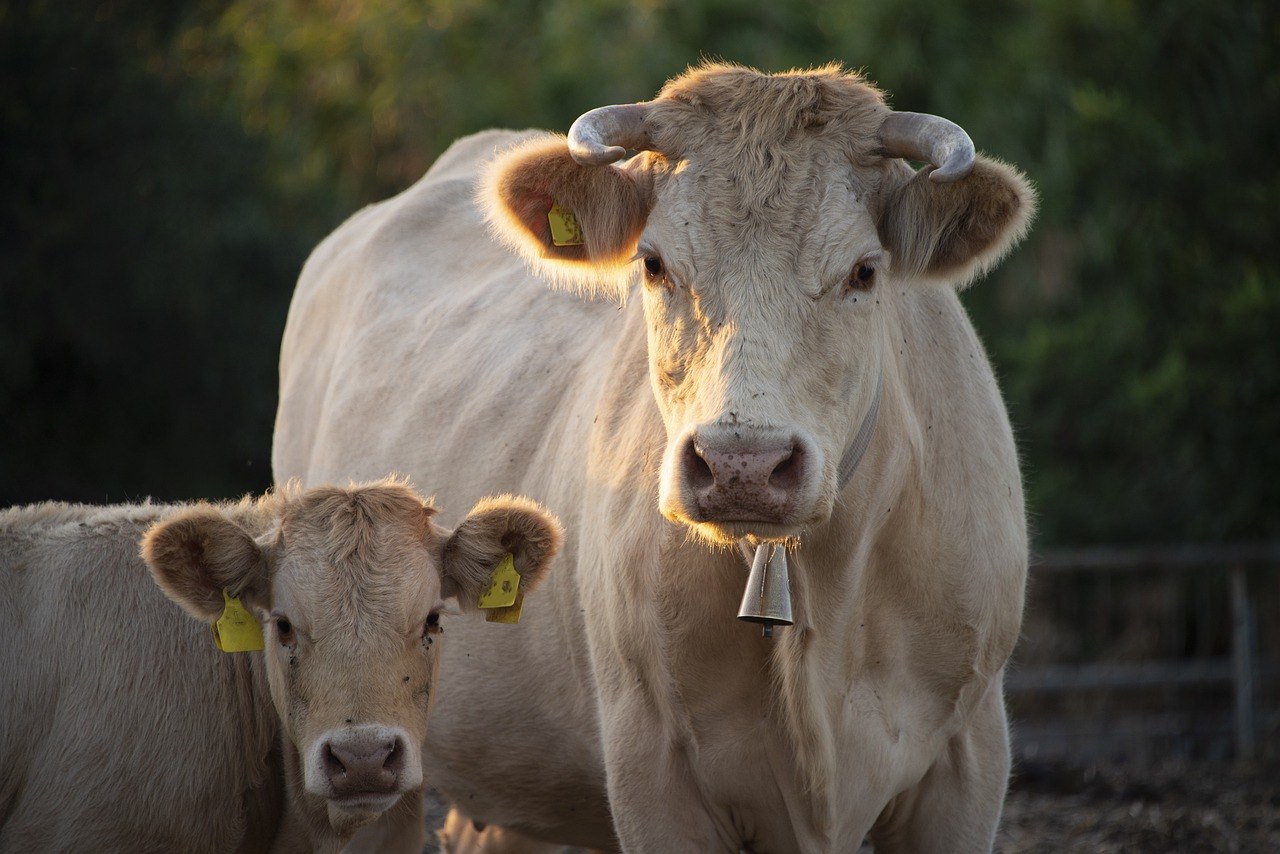
Mother cow with her calf. Image by Francesco Pitarresi from Pixabay
.
Just recently I experienced that my TV guide had not arrived at the bookstore as the roads were blocked. Obviously, that is a minor problem and I fully understand the farmers are protesting.
One immediate consequence of farmer revolts is the potential destabilization of food supply chains. Protests often hinder the transport of goods, causing delays or even shortages in the market, which can push food prices up. This affects every individual’s wallet, and if protests persist, it can have more severe implications on food security and inflation rates.
The following link shines the light on this issue from a different angle. The less real food is grown the more Frankenstein food, made in a factory, can take its place. Do not think your health will improve, far from it but certain sectors of our society will line their pockets.
These revolts shine a spotlight on the undercurrents of discontent in broader society. They’re symbolic of a disconnect between policymakers and the citizens whose interests they’re supposed to represent. It becomes a question of how well the political infrastructure is listening to and providing for its people. One does get the impression there is a widening gap between the people and the rulers.
Governments typically respond with a combination of immediate relief measures and promises of longer-term reforms. However, the common critique is that these responses are too little or come too late, leaving many farmers skeptical of any real change. The success of these measures is seen in their ability to prevent future disruptions.
The lasting influence of these protests can be significant. Beyond potential shifts in agricultural policy, they can inspire legislative changes aiming to balance the scales between big corporations and individual farmers. Moreover, they have the potential to encourage a more sustainable and self-sufficient future for food production within Europe.
.
Navigating the Road Ahead: Solutions and Compromises
Farmers throughout Europe are standing at a crossroads, and it’s clear that the path forward requires a delicate balance between livelihood and legislation. As a society, we must recognize that the solutions to the farming sector’s unrest will have profound effects, not just on the individuals working the land, but on the entire food system.
.
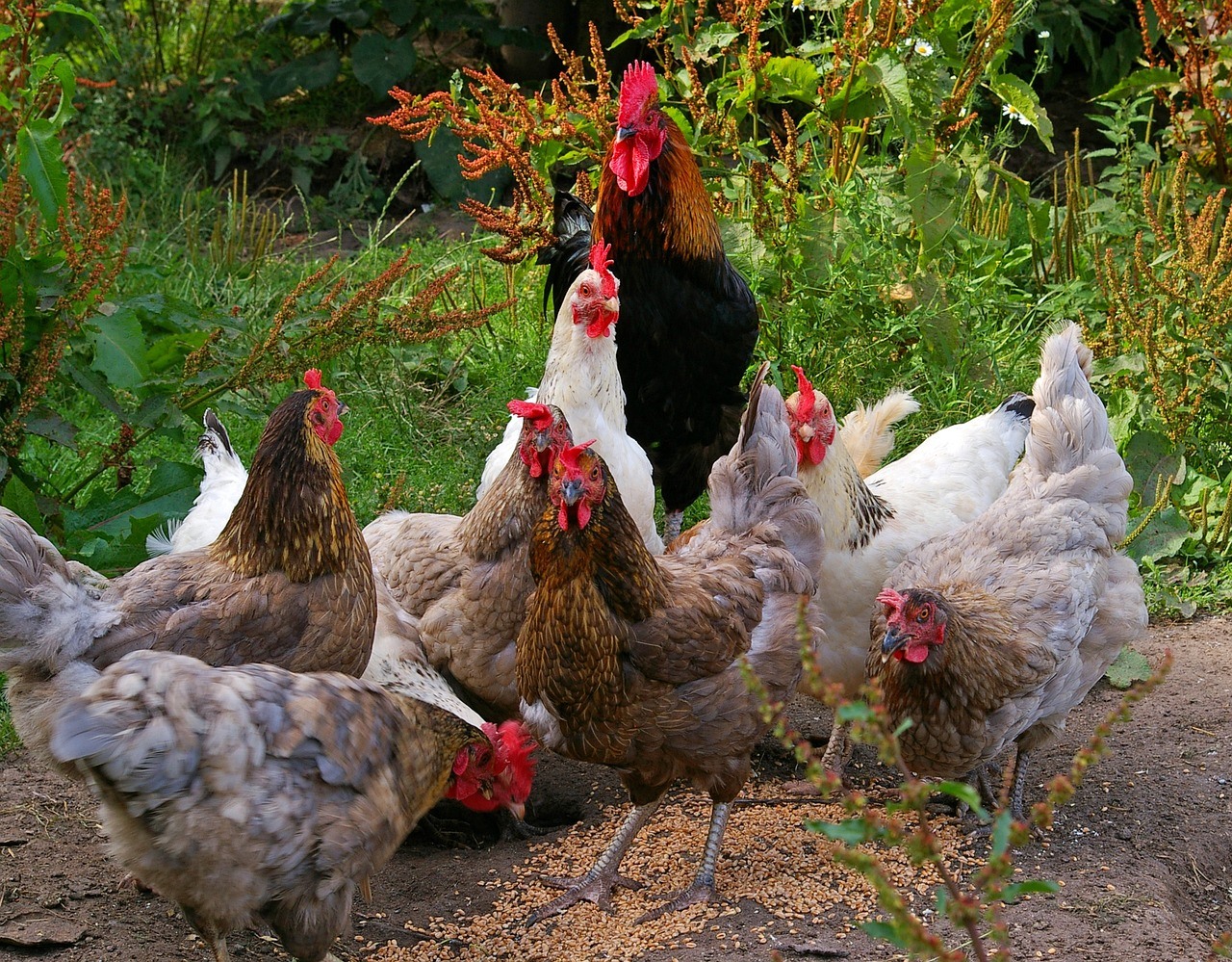
A Rooster with his hens. Image by Kerstin Riemer from Pixabay.
.
Blaming farmers for Climate Change is rather ridiculous; as the sun has a much larger impact on climate change than is currently represented on the Intergovernmental Panel on Climate Change (IPCC) climate model. That is something many people are not aware of yet.
.
The sun and its huge influence on climate change
As mentioned earlier, farmers and ranchers are being singled out for contributing far too many greenhouse gases. The big one is methane, which is reported to have an impact (molecule for molecule) of 25 times that of CO2. This is an interesting theory but I have yet to see any factual studies to document this ratio other than hypothetical mass balance equations.
That being said, there is an even bigger issue with the concept that CO2 and other greenhouse gases are causing the weather changes we associate with global warming. I am fully aware that our climate is changing but we are being sold a red herring on this issue.
My partner has worked in the environmental field for many years and has done some climate modeling in his professional career. One thing that always contributes to the failure of an air dispersion (or climate change) model, is bad data. And in this case, it is very bad data.
The basic concept of the climate model is an energy balance equation. If the energy in (Solar radiation; visible and ultraviolet light) minus the energy out is greater than zero, we have an imbalance. If the total energy of the system is growing, i.e.: there is an increase in global temperature, we have to assume that something is causing this anomaly.
If we fully trust that we have the input and output values correct, then the increase in temperature has to be caused by human activity. Or does it?
We are seriously underestimating the amount of energy coming into this model. Our Sun and other celestial bodies are contributing much more energy into this equation than the IPCC believes.
The climate model currently represents the energy from the Sun as simply solar radiation. It does not take into consideration the impact of particle bombardment from flares, sunspots, coronal holes, or any other impacts from sources not related to our Sun. You can see from the chart below, that there are a lot more sources of energy impacting our planet than just the Sun rays.
.
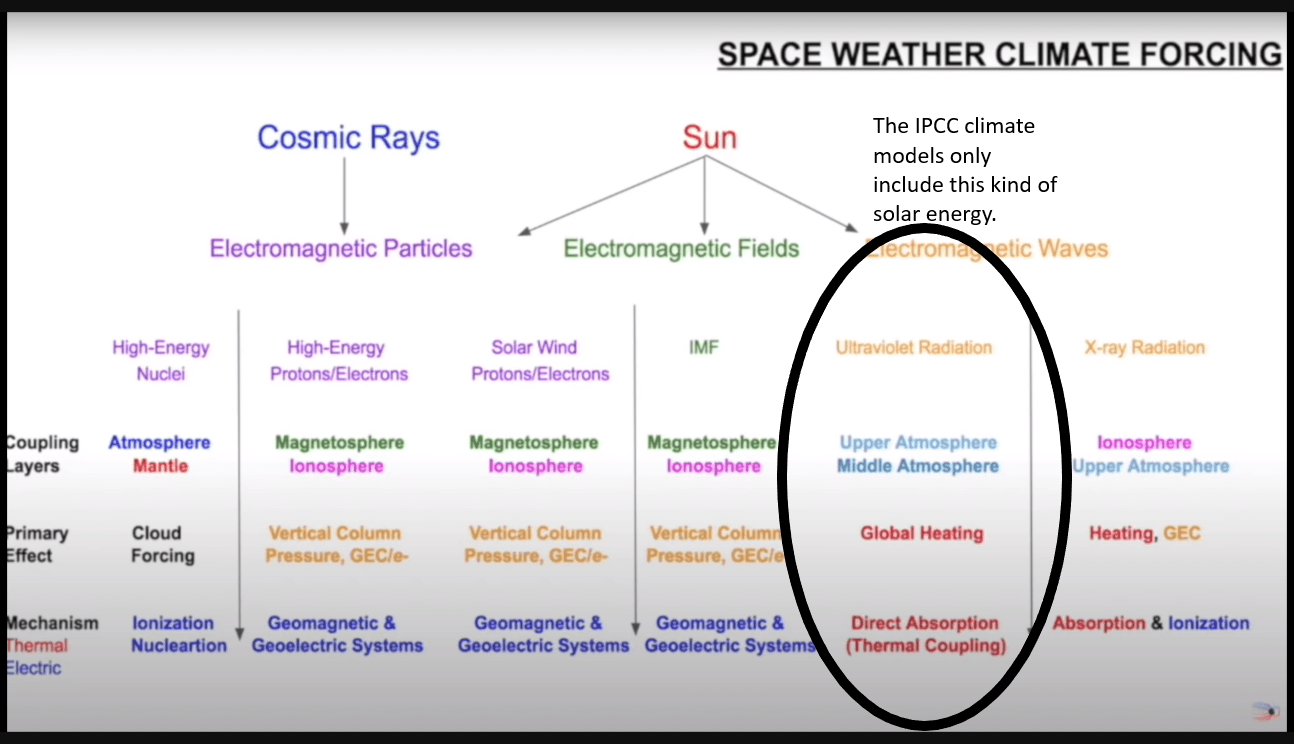
Table compiled https://suspicious0bservers.org/
.
Do you know what a solar hole is and how it impacts our environment? Do you know how a Solar Flare impacts our climate, how about a plasma eruption from a sunspot? These can impact our atmosphere and our protective magnetic field in many ways.
The following video is a very good presentation on all three kinds of solar eruptions that can easily impact our small blue dot.
Did you know that when a solar storm impacts our world, it compresses the earth’s magnetic field? Any high school science class will explain that temperature is directly proportional to pressure, the higher the pressure, the higher the temperature. Compressing the magnetic field, the atmosphere is energized.
Review the table again and you will see that cosmic radiation is another source of energy in our little equation. Did you also know we are being bombarded by other particles riding on the galactic current sheet? All this debris is another form of energy that must be accounted for.
So our IPCC climate model is a colossal miscalculation and we are going to blame the farmers? This is directly in line with what the WEF wants us to believe. Scare us to such an extent that we will acquiesce to their demands and they will rule everything. Remember what they said, you will have nothing and you will be happy. Want some artificial wine with that fake steak?
.
The policymakers need to talk with the farmers
The potential for reform in agricultural policy, particularly at the European Union level, cannot be understated. Leaders and policymakers need to work collaboratively with farmers to create frameworks that are fair and forward-looking.
These reforms might include subsidies that are more closely aligned with small-scale farming practices, or they might involve new trade agreements that protect local agriculture markets. Paying farmers a fair price for their produce should be the first step.
It’s essential to embrace the innovative spirit that has long characterized farming. Fostering sustainable practices through technology and education can lead to a new era of agriculture that supports farmers but also contributes to the health of our planet. Looking at historic methods of farming like no-till methods might be a way to reduce soil loss.
By providing resources for farmers to adapt and thrive, we can ensure a robust agricultural sector for generations to come.
Solidarity movements and public support can also make a palpable difference. Consumers have power through their purchasing choices and advocacy. By understanding the challenges faced by farmers and choosing to support sustainable and fair farming practices, the public can drive market demand for policy change.
Ultimately, the European farmer revolts underscore a fundamental need for change. I hope that through collective effort and empathetic governance, we can forge a future where farmers feel heard, valued, and equipped to feed our communities in ways that are economically viable and ecologically responsible.
.
A book about the no-till method.
Have you heard about the no-till method? Using this method you eliminate or minimize the plowing of your plot. By reducing the disturbance of the soil, you reduce harm to the microbiome of the soil and promote better plant health. Do not miss reading this book, it is a real eye-opener and you will learn a lot about how well natural farming works
.
.
Conclusion
It is not clear where the Farmer’s Revolt will take us. We will all be affected by the outcome. That is why I think it is a good idea to rethink the buildup of the cities. Instead of having a lawn, why not plant something edible? If the whole street would do the same, imagine, one could swap potatoes for carrots, and red beets for cauliflower.
Make the whole setup organic, and you will be surprised how your health will improve. Also, the fact that a community works together is beneficial to all.
The following video is from December 2009
There is another aspect one should take into consideration. Big Agra is planting 4 crop types. To feed the world, which is possible, we have to go back to the forgotten crops.
An Afterthought
I do not know if you have heard about this futuristic plan. 3 countries are to join their land and build a tristate city.
The Netherlands, Germany, and Belgium are to join to become a huge commercial knot. You need a lot of space for this and if 3000 farms are vacated, that space will be available. Do you follow my line of thought?
Before you leave please take a look at the special page I made for you. Recommendations.
Source: Wikipedia, Time Magazine
Photo Source: Pixabay
More often, people have been dissatisfied with their rulers. You might like to read the following post.










Comments
Stratos K
What an eye-opening post! It really highlights the intricate challenges facing European farmers today. The way policymakers handle agricultural issues seems to significantly impact not just farmers, but society as a whole. I’m particularly intrigued by the discussion on climate change and its often misunderstood relationship with farming practices.
Your mention of solar activity’s influence on climate raises an interesting question. How can farmers and policymakers collaborate to incorporate more accurate climate data into agricultural policymaking processes? It seems crucial for fostering sustainable farming practices amidst our changing climate.
Taetske
Good afternoon Stratos,
Thank you for stopping by and commenting on my post.
I hope you downloaded a free PDF of your choice at the Tulip Widget.
My better half used to be an environmental engineer. He was willing to answer your question.
“There are a number of issues facing the farming industry. The most misunderstood is farming’s influence on climate change. If you looked into the links and reviewed the chart I provided in the post, you will recognize that what I was trying to emphasize is that the climate model is flawed. It presumes that the increased temperatures we are experiencing are caused by mankind.
The fact is that we are not including the impacts of solar activity, cosmic rays, the influence of lightning caused by the solar wind compressing the “L-shells” of our planet, as well as the incoming debris from our galaxy. Once all the energy is quantified, then we can start thinking about how much mankind is influencing our climate”
Personally, I think as the Dutch Government needed the land of 3000 farms for their project, they took the easy road, blaming the farmers for climate change. I doubt there soon will be a solution to the difference in opinion.
Kind regards,
Taetske
Sariya
Hello, Taetske,
I really enjoyed reading your post, it provided me with a lot of insight into farming along with issues and impacts farming has on our world. This post provides great information into what farmers can be going through which the general public are unaware of. Most people do not realize the hard work that is needed so you can buy produce in your supermarket.
Farmers work from sunrise to sunset to tend their crops, it is a hard life trying to make a living. When the public are unaware of what farmers are going through and show disrespect, this can be really annoying!
Thanks again,
Sariya
Taetske
Good afternoon Sariya,
Thank you for your visit and your comment. I hope you downloaded a free PDF of your choice at the Tulip Widget.
In Spain, farmers have been protesting now for 3 weeks, blocking cities with their tractors. Let’s face it, without farmers we do not eat.
Kind regards,
Taetske